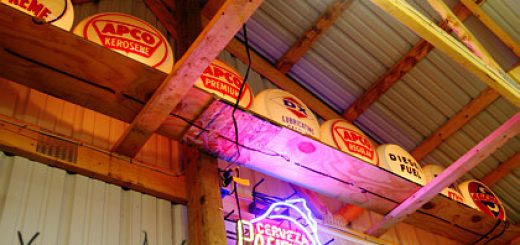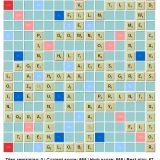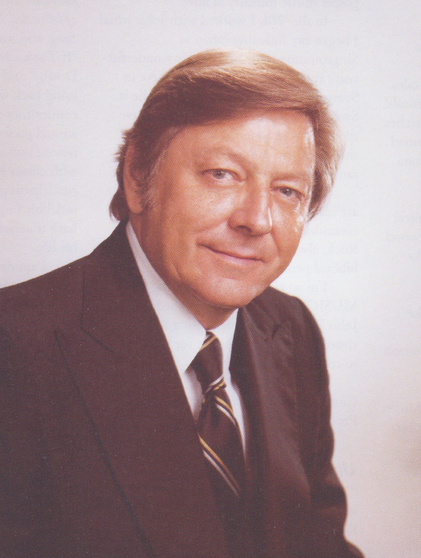Extra Credit at Fort McHenry
Laura’s history teacher promised extra credit to anyone who visited Fort McHenry in Baltimore. So off she and I went on a little “field trip.”
Fort McHenry, in Baltimore, Maryland, is a coastal star-shaped fort best known for its role in the War of 1812, when it successfully defended Baltimore Harbor from an attack by the British navy in Chesapeake Bay September 13-14, 1814. It was during the bombardment of the fort that Francis Scott Key was inspired to write “The Star-Spangled Banner,” the poem that would eventually be set to the tune of “To Anacreon in Heaven” and become the national anthem of the United States.
Well, we arrived in spite of the awful Google directions. (I now have a GPS on my wish list).

Designed by Frenchman Jean Foncin in 1798 and named after James McHenry, a Scots-Irish immigrant and surgeon-soldier who became Secretary of War under President Washington, Fort McHenry was built after America won its independence to defend the important Port of Baltimore from future enemy attacks.

I couldn’t help noticing that John might like it here, he appreciates brick work.
This is the entrance to the Ravelin Magazine,

The covered entrance with its angled stairway, was designed to prevent enemy projectiles from reaching the explosives. Three feet (1m) of concrete and up to 16 feet (5m) of earth were laid over the arched brick vault.

Well Silas is away and in this room we were thinking of him, how much fun he would have hiding and imagining.

Apparently, when buying your ticket they give you a brochure which will also serve as her “proof” that she went to the Fort. But this quickly done photo, looked like a better proof to me. 🙂

Bombproofs at Fort McHenry

The arched chambers on either side of the sally port are identical bomb shelters for the fort’s soldiers.

Little holes in the shelters.

Fort McHenry held a wide variety of prisoners during the Civil War. Amongst the prisoners were Baltimore’s Board of Police Commissioners, Southern sympathizers, officers previously in the U.S. Army or Navy who had left to bare arms against the United States, Fort McHenry also held 110 Rebel surgeons and 10 chaplains.

Back Outside

This certainly wasn’t their view in 1814.

Officer’s Quarters

Officer’s Quarters

Fired by the British Naval forces during the bombardment of September 13-14, 1814

Another missing Silas moment, a granddad allowed his grandson to climb all over these, and I was wishing Silas was there!

Journal of Francis Scott Key

The statue of George Armistead. On his taking command of Fort McHenry in June 1813, Armistead ordered a flag made “so large that the British will have no difficulty in seeing it from a distance.” He earned his enduring place in American history under that flag at Fort McHenry whose stalwart defense of Baltimore against British attack in 1814 inspired Francis Scott Key to write “The Star-Spangled Banner.” Armistead remained in command of the fort until his untimely death at age 38 on April 25, 1818. He is buried in Old St. Paul’s Cemetery, Baltimore, Maryland.
It was a perfect little outing.















